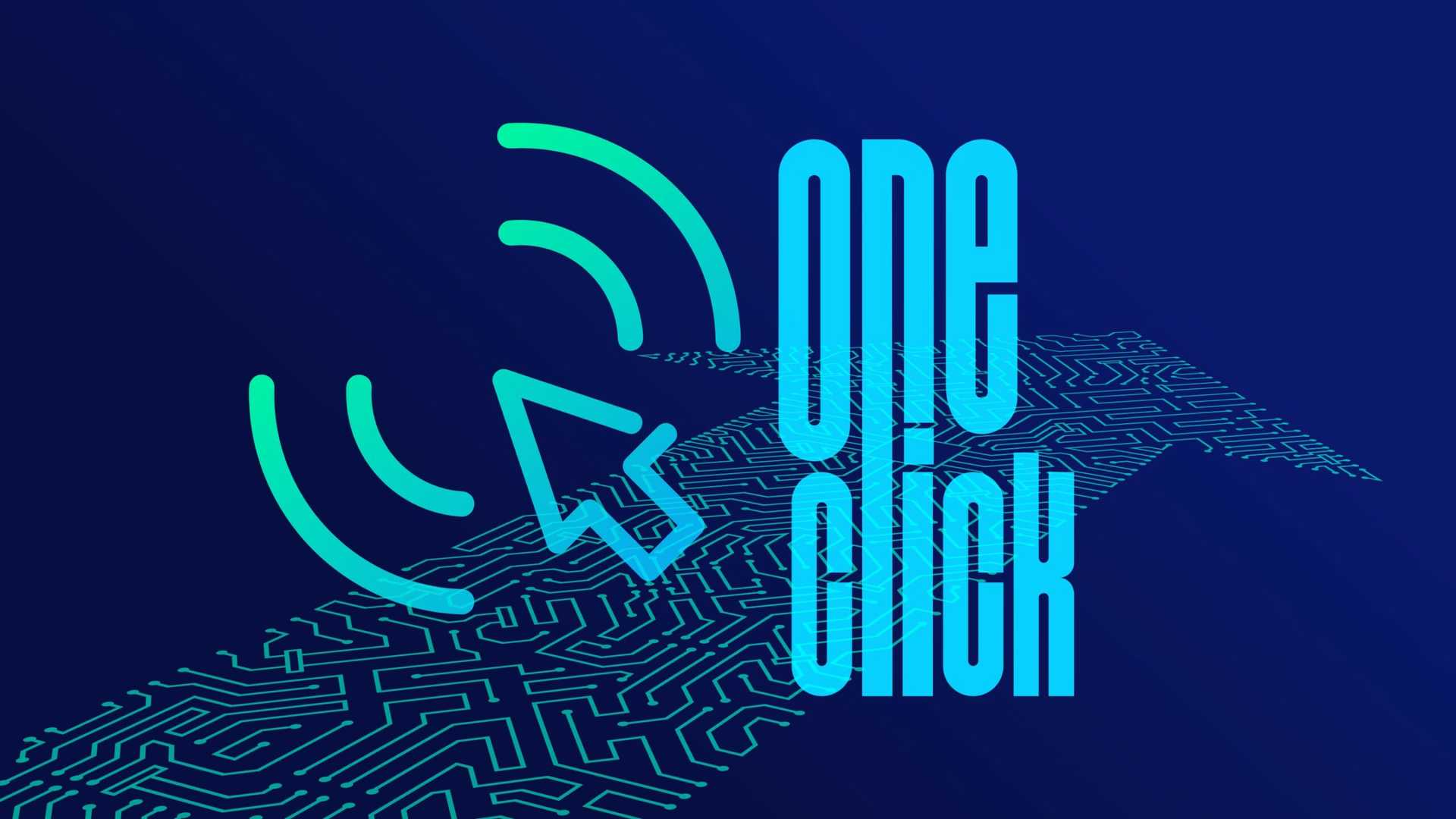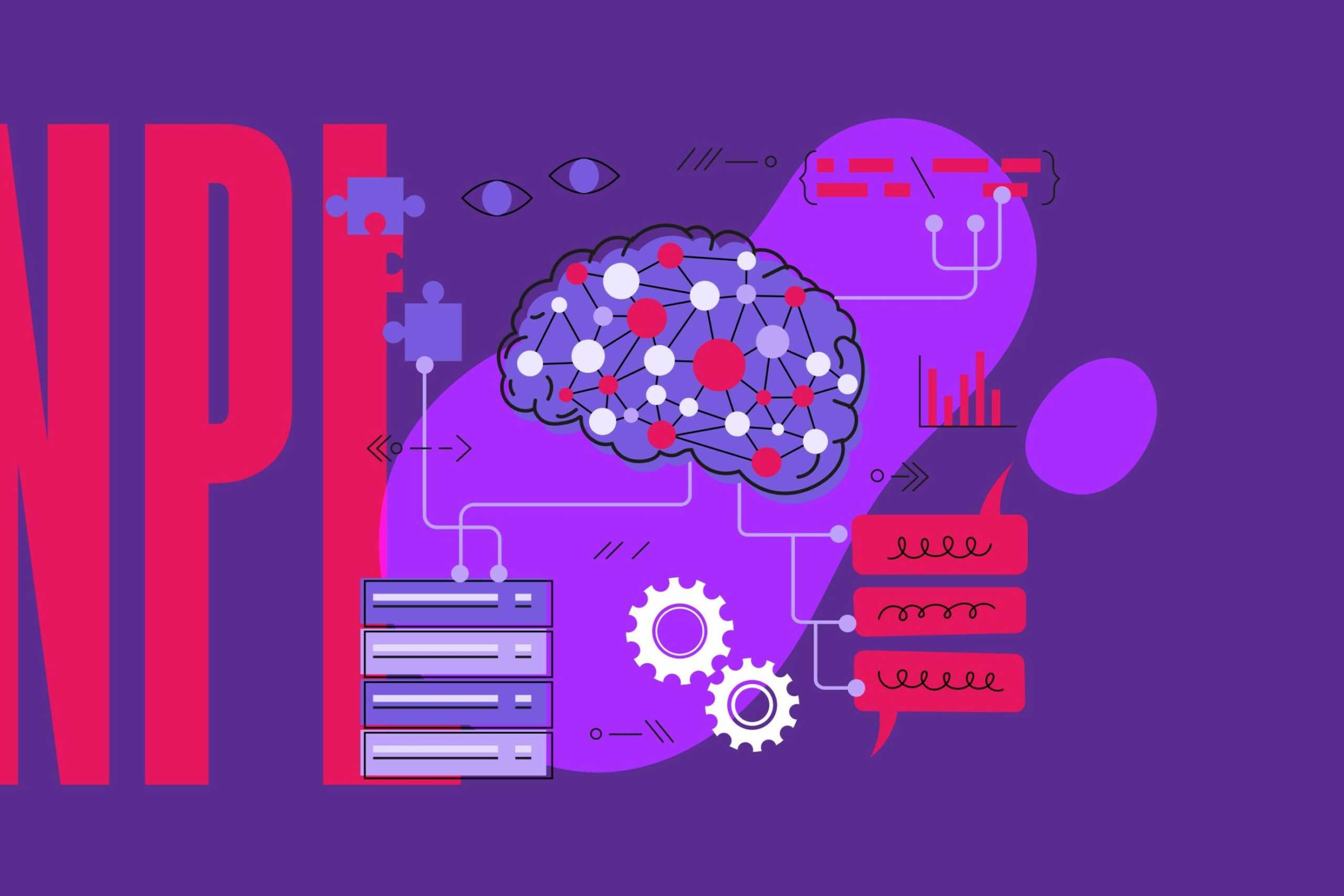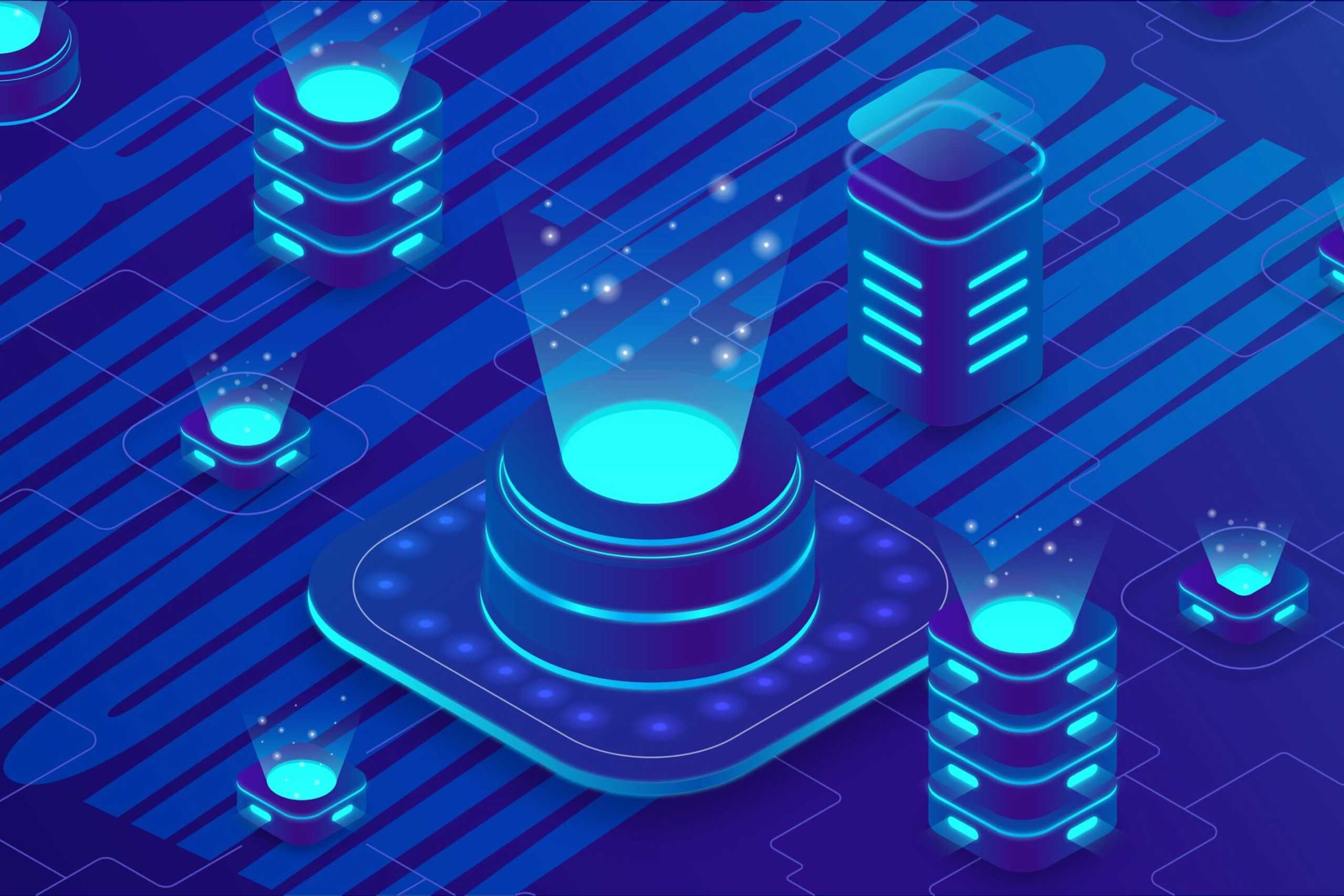
September 07, 2023
Imagine this: Over the past year, a staggering 73% of businesses worldwide have eagerly embraced cutting-edge technologies such as Artificial Intelligence (AI) and the Internet of Things (IoT), propelling industries into an era of unprecedented transformation. It’s not just a futuristic dream; it’s our present reality.
Today, we’ll embark on a journey through the digital landscape, exploring the remarkable impact of six game-changing technologies: AI, IoT, Virtual Reality (VR), Augmented Reality (AR), Big Data, and Automation. These aren’t just buzzwords but the architects of innovation in sectors from healthcare to manufacturing.
| Jaw-dropping, isn’t it?AI is expected to create $15.7 trillion in economic value by 2030. |
But that’s not all. The kandi 1-Click Kits aims to streamline the integration of transformative technologies into your applications and projects, making them accessible to everyone. 1-Click Kits combines AI, IoT, VR, AR, Big Data, and Automation into a user-friendly platform, enabling you to harness these technologies and revolutionize their operations.
Let’s delve into this thrilling world of technology, where numbers tell stories, and innovation knows no bounds. Welcome to the future, happening right now.
AI – The Brain Behind the Machines
Artificial Intelligence (AI) is the powerhouse behind modern industry transformation. In the past year, AI has been adopted by 68% of businesses, boosting productivity and efficiency. It’s come a long way from basic algorithms to intricate neural networks, mimicking human thought processes.
| Did You Know? Currently, there are over 1.2 billion AI-powered devices and systems active worldwide, constantly learning and improving. This technology isn’t confined to one sector; it’s transforming healthcare, finance, manufacturing, transportation, and more. |
For example, AI is being used to:
- Develop self-driving cars: AI-powered cars can sense their surroundings and make decisions about how to navigate without human input.
- Diagnose diseases: AI can be used to analyze medical images and data to identify diseases. Open Weaver’s AI-Powered Breast Cancer Detection Engine is one ravishing example of AI in action.
- Supply chain optimization: AI can be used to track inventory levels, forecast demand, and optimize transportation routes.
Imagine real-time insights. AI optimizes operations, minimizing errors and reducing costs. For instance, AI-driven predictive maintenance saves industries $100 billion annually by preventing breakdowns.
IoT – A Symphony of Smart Devices
Picture a world where devices orchestrate industrial operations seamlessly. This is the magic of the Internet of Things (IoT). In the last year, IoT has seen a whopping 76% increase in global adoption across industries.
From sensors to a vast network of interconnected devices, IoT has transformed how businesses operate.
| Take logistics, for example – IoT-driven predictive maintenance has reduced downtime by 50%, saving billions. Parallelly, it is expected to create $11.1 trillion in economic value by 2025. |
In real time, IoT devices are being used to:
- Monitor machinery in factories: IoT devices can collect data on the performance of machinery, which can be used to identify potential problems and prevent breakdowns.
- Track the location of assets: IoT devices can be used to track the location of assets, such as vehicles or equipment, which can help to improve efficiency and security.
- Manage energy consumption: IoT devices monitor energy consumption and identify areas with the scope of reduction.
Imagine a real-time map lighting up with IoT devices worldwide – there are now over 30 billion connected devices globally, and they’re not just in homes. Industries leverage IoT to track inventory, monitor environmental conditions, and enhance security.
VR and AR – Redefining Reality in Industry
Virtual reality (VR) and augmented reality (AR) are technologies that create immersive experiences. VR immerses users in a virtual world, while AR overlays digital information into the real world. These technologies are being used in a variety of industries, including training, education, and marketing.
In the past year, VR and AR applications have surged by 60%, transforming how we work and learn.
For example, VR is being used to:
- Train surgeons: VR can be used to create realistic simulations of surgical procedures, which can help surgeons improve their skills.
- Provide instructions for assembling products: AR can be used to overlay instructions onto a physical object, which can help users assemble the object correctly.
- Create interactive product demonstrations: AR can be used to create interactive product demonstrations that allow users to explore products in a virtual environment.
Now, picture a real-time feed of the latest VR and AR applications being developed – there are over 3,000 new applications in the pipeline. From healthcare simulations to architectural design, VR and AR are enhancing precision and efficiency.
Big Data – The Information Goldmine
Big data refers to the vast amount of data that is being generated every day. This data can be used to identify trends, make predictions, and improve decision-making. Over the past year, Big Data analytics has driven a 50% increase in revenue growth across various sectors.
Big Data’s journey began with spreadsheets and has evolved into predictive analytics, where real-time data crunching provides instant insights. Industries use it to make informed decisions and boost efficiency.
For example, big data is being used to:
- Analyze customer behaviour: Big data can be used to track customer behaviour, such as what products they purchase and how often they visit a website. This information can be used to improve marketing campaigns and target customers more effectively.
- Forecast demand: Big data can be used to forecast demand for products or services. This information can be used to ensure that businesses have enough inventory to meet demand and avoid stockouts.
- Improve decision-making: Big data improves decision-making by providing businesses with insights into their operations. For example, big data can be used to identify which products are selling well and which products are not. Open Weaver’s 1-Click kit – House price prediction uses data visualization and machine learning libraries to generate precise results.
| Whopping!! It is estimated that the world will generate 175 zettabytes of data by 2025. |
The amount of big data is growing exponentially. This growth is creating new challenges and opportunities for businesses. Businesses need to find ways to store and manage this data, and they need to find ways to use it to their advantage.
Automation – The Rise of the Machines
Automation refers to the use of machines to perform tasks that were previously done by humans. It is being used to improve efficiency and productivity in a variety of industries. Adoption of automation has skyrocketed by 62% in the last year, as industries increasingly embrace this transformative technology.
| Did you know? Automation is projected to save $2 trillion in labour costs globally by 2025. These machines are not replacing jobs; they’re enhancing them. |
For example, automation is being used to:
- Operate machinery in factories: Automated machinery can operate more quickly and accurately than humans, which can lead to increased productivity.
- Sort packages in warehouses: Automated sorting systems can sort packages more quickly and efficiently than humans, which can help to reduce costs.
- Provide customer service: Automated chatbots can answer customer questions 24/7, which can free up human agents to focus on more complex tasks.
Automation is a powerful technology that has the potential to revolutionize many industries. However, businesses need to be prepared for this by upskilling their workforce and investing in new technologies.
THE CLOSING WORDS
In this journey through the technological landscape, we’ve witnessed a profound transformation in industries. Over the past year, technologies like AI, IoT, VR, AR, Big Data, and Automation have surged, with adoption rates skyrocketing by an average of 60%. These innovations are not just buzzwords; they’re rewriting the rules of business.
But the transformation doesn’t end there. The Open Weaver’s 1-Click Kits are leading the charge, simplifying the integration of these technologies in your dynamic application. With a remarkable 70%-90% reduction in development time, it’s clear that industries are eager to embrace this revolution.
As we wrap up, consider this: Industries are on the brink of unparalleled advancement, and the journey has just begun. Explore the possibilities and join the revolution today.
Contact us
Swan Buildings (1st floor)20 Swan StreetManchester, M4 5JW+441612400603community@developernation.net


